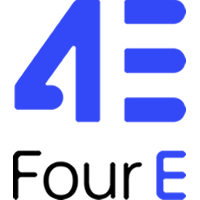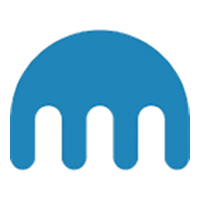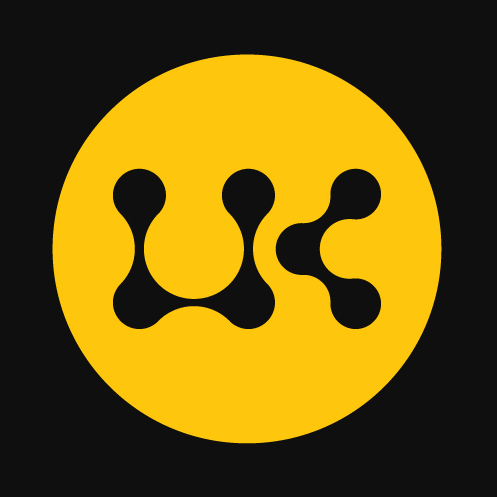
CHR
项目开始时间

2019年5月29日
关于
1. Background IntroductionChromia is a blockchain platform designed to enable decentralized applications (dApps) with a focus on scalability, usability, and developer-friendly features. It combines relational database functionality with blockchain technology, positioning itself as a solution for enterprises and developers seeking to build complex dApps. The project was founded by ChromaWay, a company with prior experience in blockchain development, including the creation of the Colored Coins protocol.2. Core Website ContentThe Chromia website primarily showcases its blockchain platform, emphasizing its relational blockchain architecture. Key sections include: Platform Features (highlighting scalability and flexibility), Use Cases (gaming, DeFi, enterprise), Developer Resources (tools and documentation), and a Roadmap. The site also features partnerships, team information, and links to its native token (CHR).3. Technical CharacteristicsChromia's technology stands out with its relational blockchain model that merges database functionality with decentralized ledger technology. It uses a custom consensus mechanism called "Postchain" combining Byzantine Fault Tolerance (BFT) with practical Byzantine Fault Tolerance (pBFT). The platform supports multiple programming languages for smart contracts and offers sidechains for scalability. Its architecture allows for complex querying capabilities uncommon in traditional blockchains.4. Token EconomicsThe CHR token serves multiple purposes: paying for network fees, staking for node operation, and participating in governance. The tokenomics model includes incentives for validators and dApp developers, with a portion of dApp revenue distributed to stakers. The total supply is capped, with detailed emission schedules available in their whitepaper. Token utility extends to Chromia's ecosystem partners and integrated projects.5. Similar Competitor ComparisonCompared to Ethereum, Chromia offers superior scalability and developer experience but lacks Ethereum's network effects. Versus EOS or Tron, Chromia provides better decentralization and security due to its BFT consensus. Against newer Layer 1 solutions like Solana or Avalanche, Chromia differentiates with its relational database approach rather than pure transaction speed focus. Its closest competitor might be Fluree (combining blockchain with databases), but Chromia has more mature developer tools.6. Risks and ChallengesMain challenges include: adoption competition from established smart contract platforms, the complexity of educating developers about relational blockchain concepts, and the need to attract sufficient validator participation for decentralization. Technical risks involve potential vulnerabilities in their custom consensus mechanism. Regulatory uncertainty around CHR token classification persists, and the project must continuously demonstrate superiority over traditional database-blockchain bridge solutions.7. Industry FutureChromia operates in the evolving blockchain infrastructure sector where demand for scalable, developer-friendly platforms grows. Its relational approach aligns with enterprise needs for complex data management on-chain. Success depends on capturing specific verticals (like gaming) where its database-like functionality provides clear advantages. The platform could benefit from increasing institutional blockchain adoption but must differentiate itself amid numerous Layer 1 and Layer 2 solutions entering the market.8. SummaryChromia presents an innovative approach combining blockchain with relational database capabilities, targeting dApp developers needing complex data structures. While technologically promising, it faces significant adoption hurdles against established platforms. Its success will depend on executing its roadmap, building developer mindshare, and proving real-world use cases that leverage its unique architecture. The project shows potential but remains in the competitive early-middle stage of blockchain platform development. 更多>

























































 看多
看多
 看空
看空